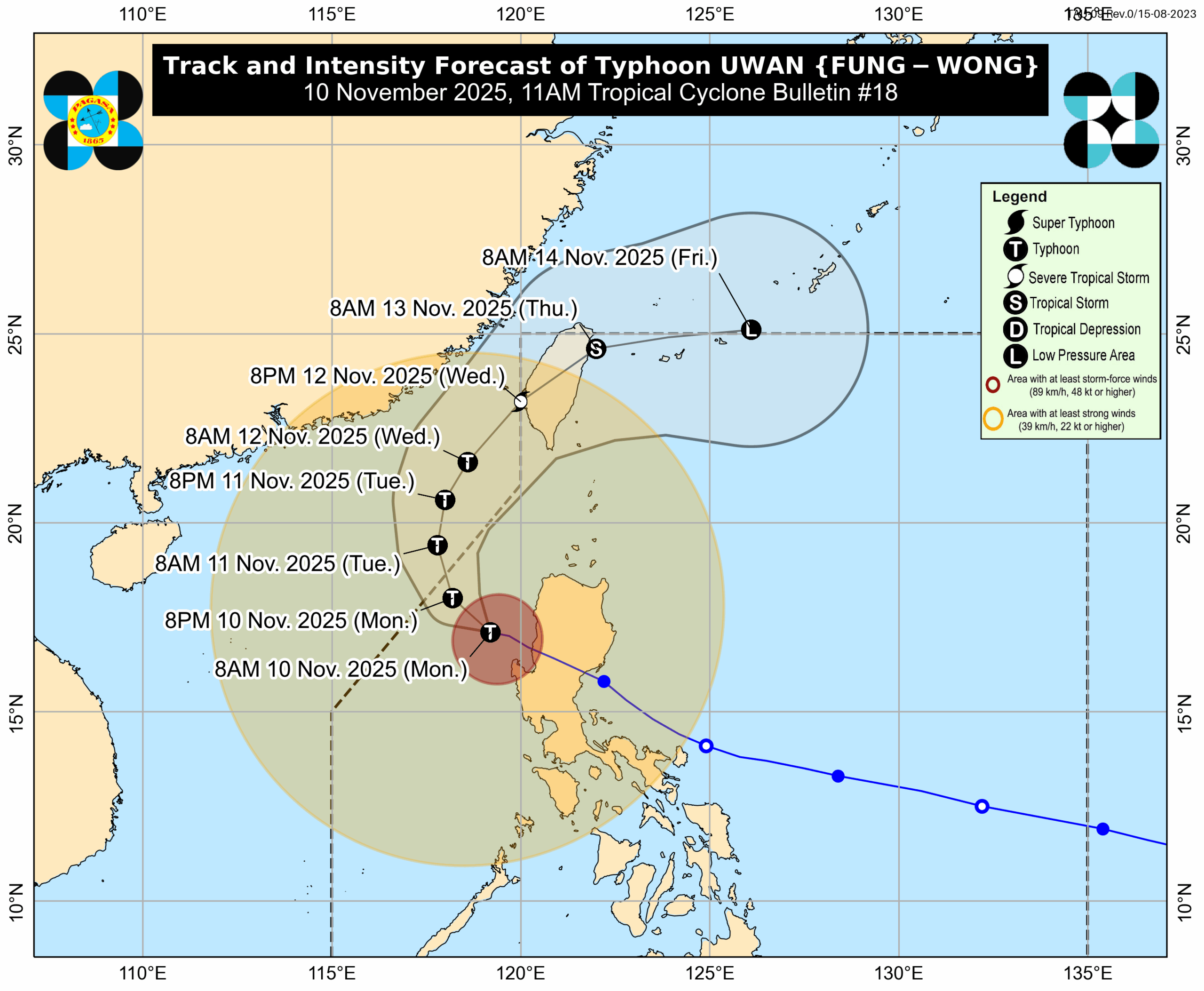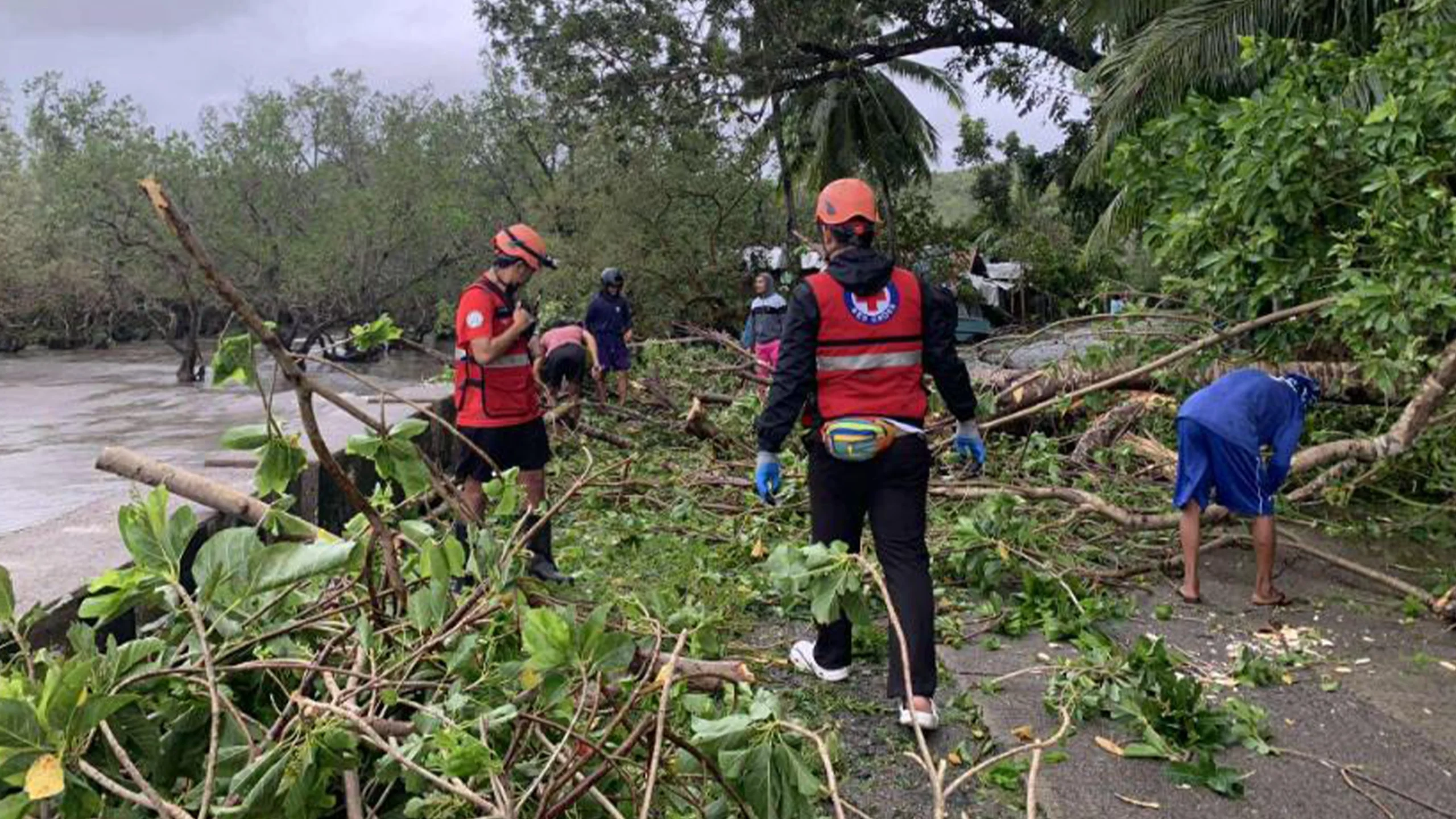When the Wind Howls: A Parent’s Guide to Understanding Typhoon Signals in the Philippines
By understanding the typhoon signals, we can better prepare for the upcoming storms.
When the rain drums on the roof and the wind begins to hum, every Filipino parent knows the feeling — that bubbling mix of concern and preparation. Is it just another downpour, or something stronger moving in from the sea?
In the Philippines, where we experience an average of 20 typhoons a year, knowing how to interpret typhoon signals isn’t just for weather watchers — it’s an essential parenting skill. Understanding what each signal means helps us stay calm, act fast, and keep our homes and kids safe when the skies turn gray.
Here’s a simple guide to help you make sense of those alerts:

Typhoon Signals and What To Do:
1. Signal No. 1: Stay Alert, Stay Ready
Winds of 30–60 kph may arrive within 36 hours. There will be a bit of a light breeze and occasional rain showers.
What parents should do:
- Secure small items outdoors (like plants or hanging laundry).
- Check your emergency kit and make sure flashlights and power banks are charged.
- Talk to kids about what’s happening — calmly, so they feel secure.
2. Signal No. 2: Time to Secure Everything
Winds of 61–120 kph are expected within 24 hours. Expect stronger gusts and intermittent power interruptions.
What parents should do:
- Bring pets, vehicles, and plants indoors.
- Cancel unnecessary travel.
- Make sure your kids’ school has shifted to remote or suspended classes.
3. Signal No. 3: Take Shelter and Stay Indoors
Winds of 121–170 kph may arrive within 18 hours. Flying debris and power outages are likely.
What parents should do:
- Stay indoors. Move away from glass windows.
- Keep emergency supplies, water, and food close by.
- Reassure children — explain that this is why you prepare early.
4. Signal No. 4: The Strongest Winds Are Here
Winds of 171–220 kph are expected within 12 hours. They usually uproot trees, damage roofs, and cut off power for days.
What parents should do:
- Evacuate early if advised by local authorities.
- Keep important documents and valuables in waterproof bags.
- Communicate with family members through text or chat when safe.
5. Signal No. 5: Supertyphoon Conditions
Winds exceeding 220 kph may occur. These are life-threatening conditions.
What to do:
- Follow evacuation orders immediately.
- Stay in sturdy, elevated shelters.
- Keep communication lines open and monitor updates from PAGASA.
Weather Words Every Parent Should Know

Whenever a weather report and typhoon signal come in, it often includes a lot of jargon, which can be confusing to understand. Here are some of the terms we’ve managed to define:
- Tropical Depression — A developing weather system with light winds and rain. It’s the earliest stage of what could grow into a typhoon.
- Tropical Storm — Winds range from 62–88 kph. It can bring heavy rain and flooding, especially in low-lying areas.
- Severe Tropical Storm — Winds of 89–117 kph. Expect stronger rains, possible power interruptions, and moderate damage.
- Typhoon — Winds of 118–220 kph. This is when storms turn destructive, with the potential for widespread damage.
- Supertyphoon — Winds stronger than 220 kph. Extremely dangerous, predicted affected areas may need to be evacuated.
- Eye of the Typhoon — The calm center of the storm. It may feel peaceful for a short while, but don’t be fooled — stronger winds follow once it passes.
- Storm Surge — A sudden rise in sea level caused by powerful winds. It can quickly flood coastal communities.
- Landfall — The point when the typhoon’s center hits land, bringing the most intense winds and rain.
Reminders for Families as They Weather the Typhoons
We don’t know how long the typhoons will remain. Here are some reminders to take note of:
- In the case of a brownout or blackout, unplug everything. Fridge, aircon, and desktops—these are prone to getting shorts and grounds, which can start fires if they touch water.
- If the water is flooding in and you have furbabies, make sure they aren’t caged. Let them swim to safety. Give them a fighting chance.
- For those not too badly affected, offer to shelter family members who have lost their homes temporarily. It’s not going to be easy to build it back.
- Do not go to work (even if your boss forces you to). Nothing replaces family. In case they get pushy, the Department of Labor and Employment (DOLE) has an advisory. Under DOLE Advisory No. 17 Series of 2022, employees are allowed to refuse to go to work if the conditions are life-threatening.
- Make sure to follow PAGASA on their social media handles so we know when it may hit.
Because most typhoon signals are based on forecasts, chances are, they will either slow down or speed up. While we live in a country where typhoons are seasonal, it doesn’t mean we can’t prepare for them. If we have internet, then make sure to share the reports and make those particular posts public. That way, other families can prepare against the typhoons too!
Frequently Asked Questions
Follow updates from PAGASA and local government units. Stay indoors, charge devices, stock up on food and clean water, and prepare flashlights and first-aid kits. If you live in flood-prone or coastal areas, be ready to evacuate when advised.
Weather systems shift fast — a storm can strengthen or weaken within hours. PAGASA updates warnings based on the latest data to keep everyone safe. Don’t ignore changes, even if the skies still look calm.
It’s all about wind speed. A tropical storm has strong winds, while a typhoon has much stronger, potentially destructive winds that can topple trees, roofs, and power lines.
Talk about it calmly, candidly, and clearly. Make it a family activity — assign small “safety jobs” like packing a go bag or helping younger siblings gather their favorite toys. Reassurance and inclusion help ease anxiety.
Wait for the official “all clear” before going outside. Check for damaged power lines, broken glass, or standing water. Keep communication lines open with family members — especially those in rural or far-flung areas.
More about typhoons?
7 Smart Ways to Prepare Your Family for a Super Typhoon
LIST: Organizations Helping The Families Affected By Typhoon Tino
How To Promote Disaster Preparedness in Kids









